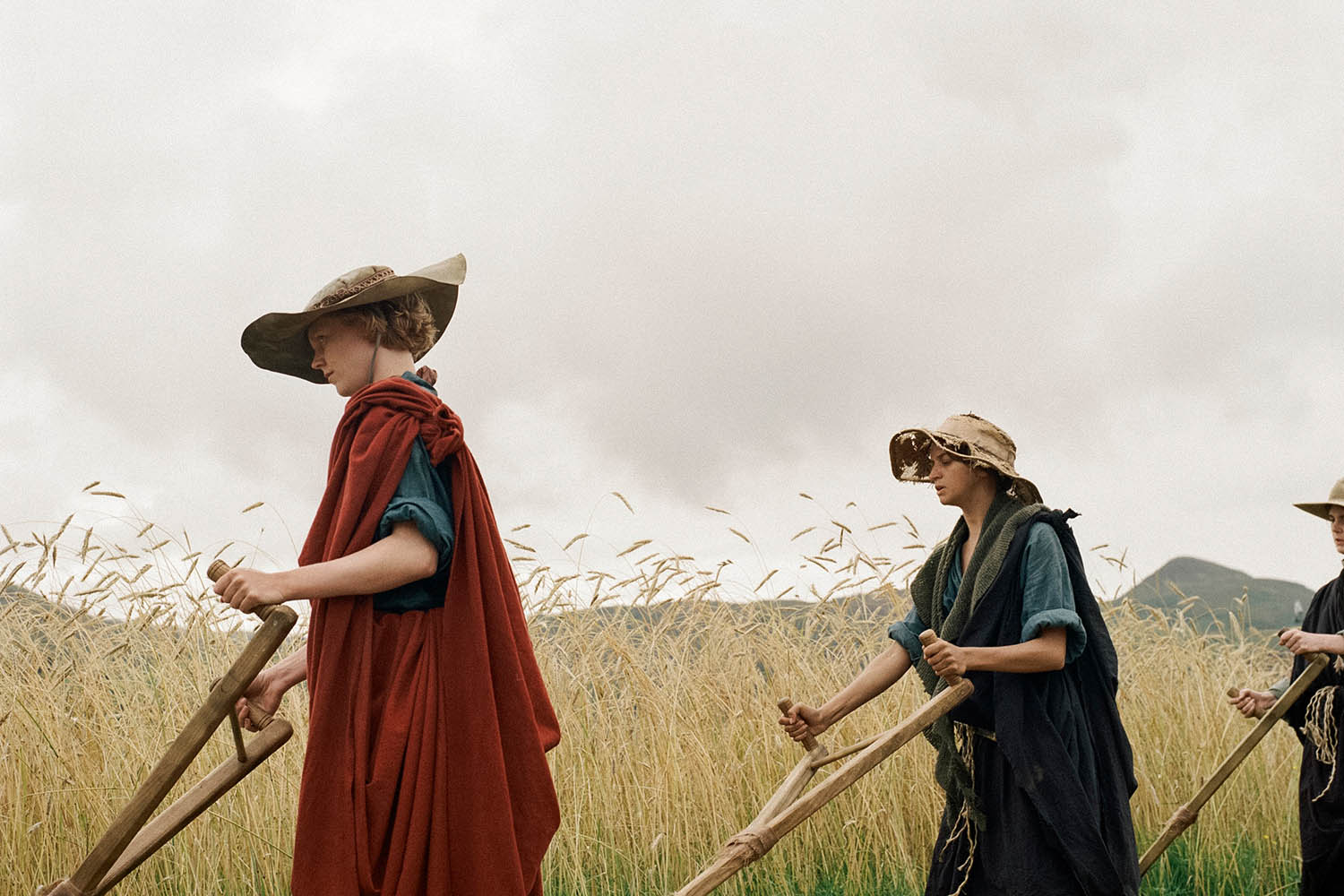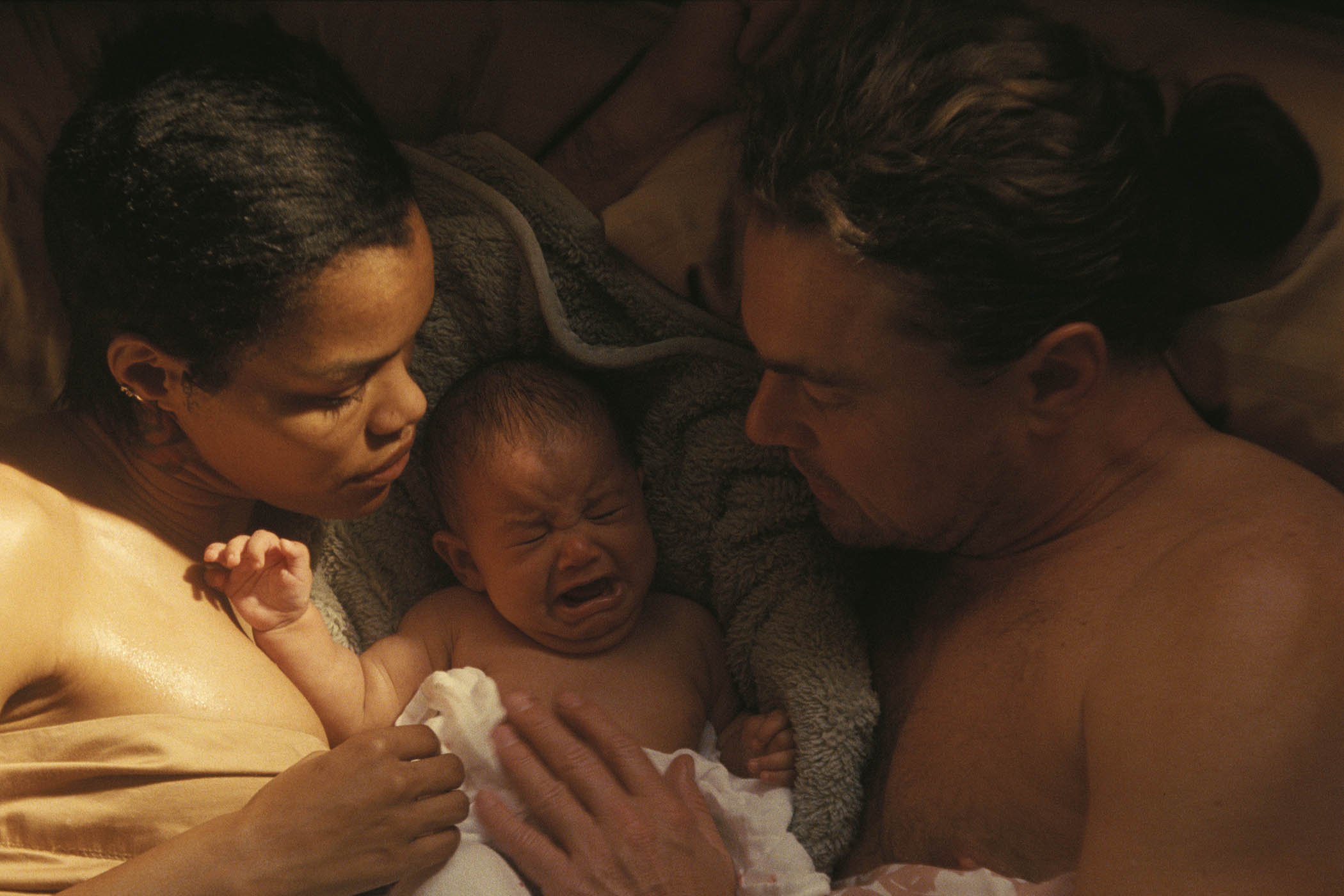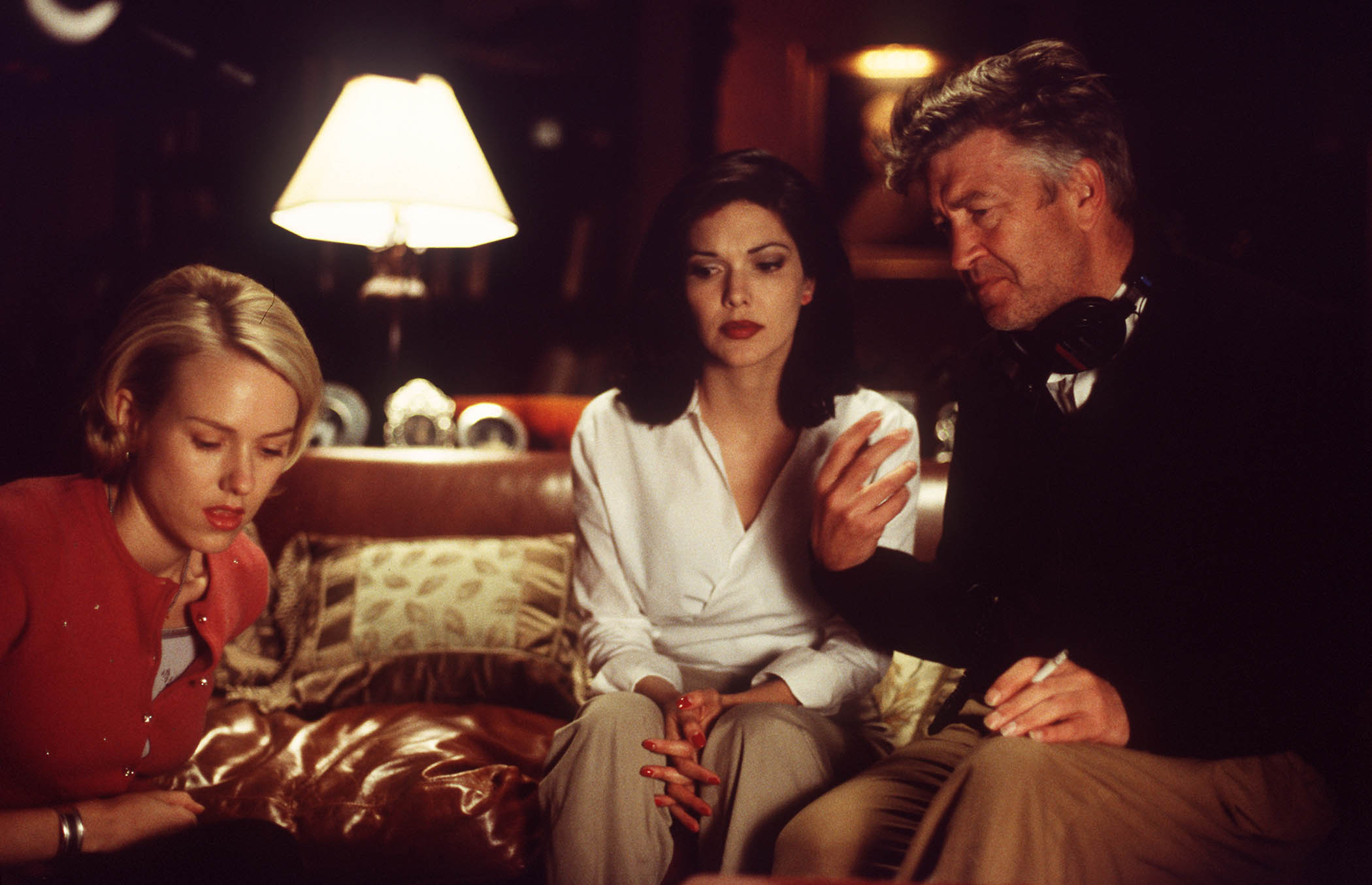
This brooding adaptation of Jim Crace’s Booker-shortlisted novel about a village imperilled by outsiders is uncomfortably topical
There’s a gloriously bizarre moment early in Athina Rachel Tsangari’s Harvest. A small band of ragged children is led, in crocodile formation, along the brow of a hill by a sour-faced matron. They pause dutifully in front of a large rock, each queuing up in turn to have their forehead vigorously thumped against the boulder. It’s an annual tradition, explains Walter Thirsk (Caleb Landry Jones), our guide to this remote, raw-boned community. “We walk the common and bump the children’s heads against the boundary stones so they know where they belong.”
The idea of belonging is central to this ripe and ribald period drama, which follows the unsettling arrival of strangers and the disappearance of an entire village over seven hallucinogenic days.
The peasants are rooted to their surly scrub of land, isolated from the world outside (it’s “two days by post horse, three by chariot” from the nearest market town). They are in tune with its moods and rhythms. And the land, in turn, belongs to the people. Not literally – “Technically, it’s my land,” squeaks Master Kent (Harry Melling), the ineffectual lord of the manor. But in this hamlet, so small it doesn’t even merit a name, the villagers have grazing rights for their hogs and geese, and gleaning rights to gather stray ears of barley. It has always been so. But while the peasant folk don’t yet know it, their way of life is threatened.
The film, adapted from Jim Crace’s Booker-shortlisted novel, doesn’t specify a time or a place. But its story of the seismic impact of the enclosure acts dates it to the 17th or 18th centuries, and the accents – so mud-thick that the film comes with subtitles – locate it in Scotland.
This is not a welcoming place for strangers. Walter and Kent – outsiders who married into the community, both now widowed – are grudgingly accepted. Then, when three newcomers – two men and a woman – arrive by boat from across the loch, they become scapegoats for the latest disaster to befall the village: the burning of the master’s hayloft.
The palette of tallow yellow, dried-blood red and weathered indigo evokes a Bruegel painting of beasts and humans
It’s an open secret that the real culprits are the village lads, giggling and half-crazed on shrooms. But blame is passed to the strangers. The men are locked in the stocks; the woman (Thalissa Teixeira), head shaved and shamed, is banished. She lingers in the woods, her presence as ominous as a curse.
Other strangers follow. Map-maker Quill (Arinzé Kene) arrives with eyes full of wonder and the aim of learning the land by drawing and naming it. The villagers sharpen their scythes and mutter about witchcraft. But the real threat is the last to arrive: Master Jordan (Frank Dillane), a cousin by marriage to Kent, has a claim on the land. Dillane is terrific – with his cherubic face and pageboy haircut, he looks like a spiteful child. It becomes clear that strangers can write a whole community out of existence with the dash of a pen and the imposition of an arbitrary boundary.
The story itself unravels as the film unfolds, but Tsangari, whose work includes the Greek “weird wave” titles Attenberg and Chevalier, creates a sweat-steeped, pungent atmosphere that oozes from the screen. The colour palette of tallow yellow, dried-blood red and weathered indigo evokes a Pieter Bruegel painting of beasts and humans, cheek to flank, in malodorous, dirt-crusted layers.
Cinematographer Sean Price Williams’s prowling camerawork, shot on film, embraces the rough-hewn way of life: the edges of the frame are as ragged as frayed hessian. Williams, who shot the Safdie brothers’ films Good Time and Heaven Knows What, is a man in tune with animalistic wildness. Nowhere is this more evident than in an extraordinary bacchanalian harvest celebration, in which the cheery, ale-addled and apple-cheeked villagers grow “goat drunk and lecherous; dog drunk and barking mad”.
Not everything works: it took me a couple of views to piece together the structure and to realise that a disorienting, feral opening sequence actually comes at the end of the story.
At best, however, Tsangari taps into something ancient and unfamiliar, as if this story were a pagan relic dredged from the bottom of a loch. For all its arcane folklore, the film’s themes – of displacement, of communities ripped from their land and robbed of their rights – are uncomfortably timely.
Photographs by Jaclyn Martinez/Harvest Film Limited



